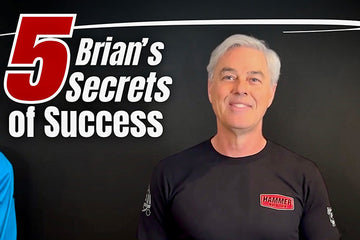Frequently asked questions
Find answers to common questions highlighted here. If you have a specific question, please don't hesitate to email us or call 1.800.336.1977 / live chat 9AM-5PM MT Monday – Friday.
Answered your question? Head back to the Knowledge Base or the Support Section
Find answers to commonly asked questions about our website and placing orders online.
Find answers to commonly asked questions about your existing order, company policies, our programs, and more.
Find answers to commonly asked questions about our products including details, contents, quality, and more.
Find answers to commonly asked questions about how to get the most out of our product line.











